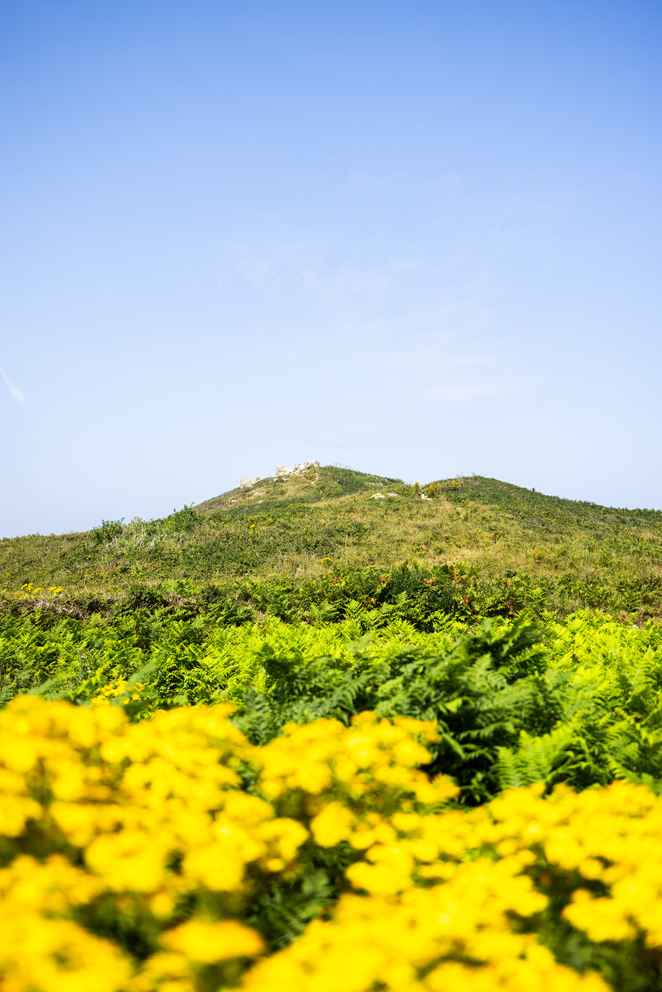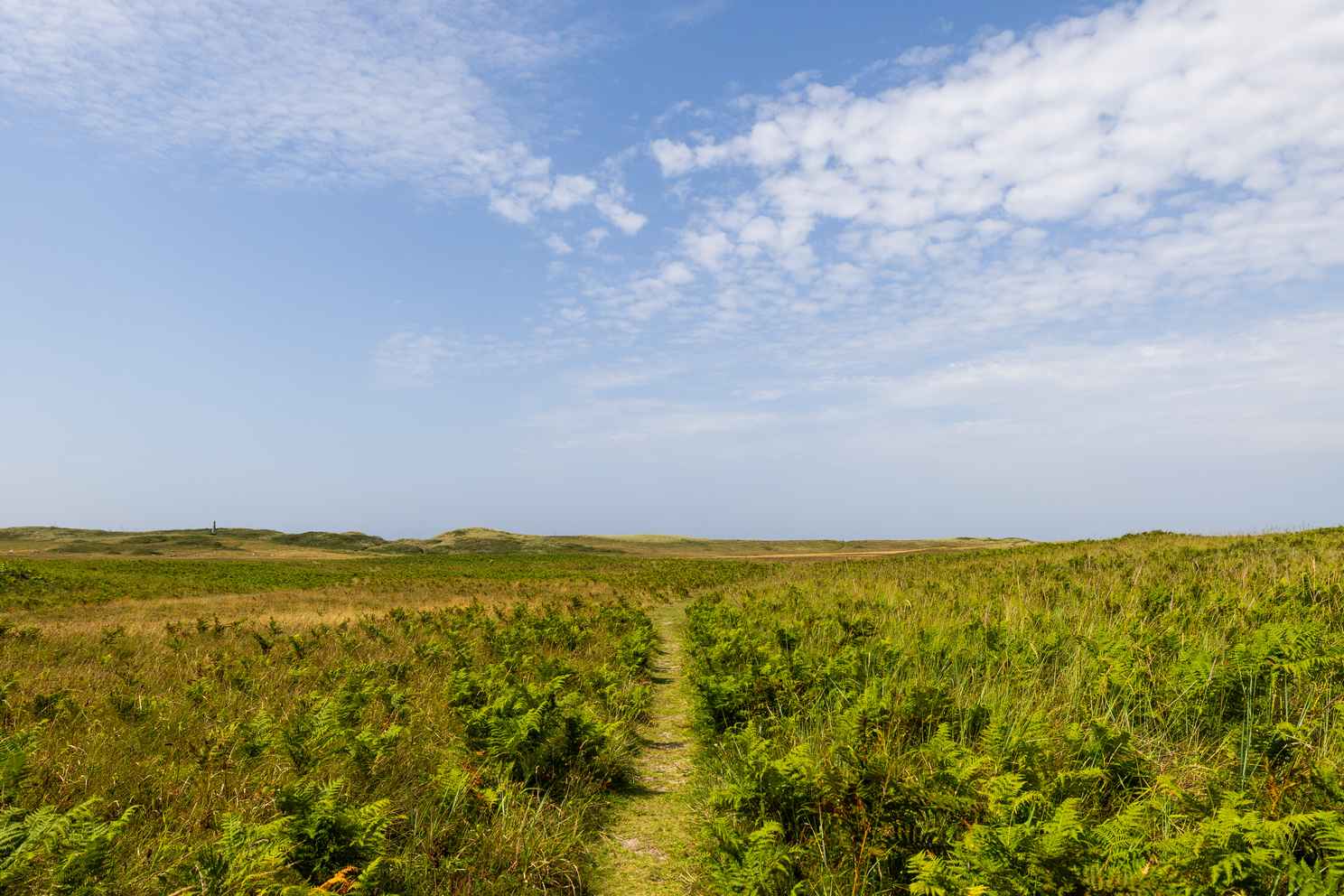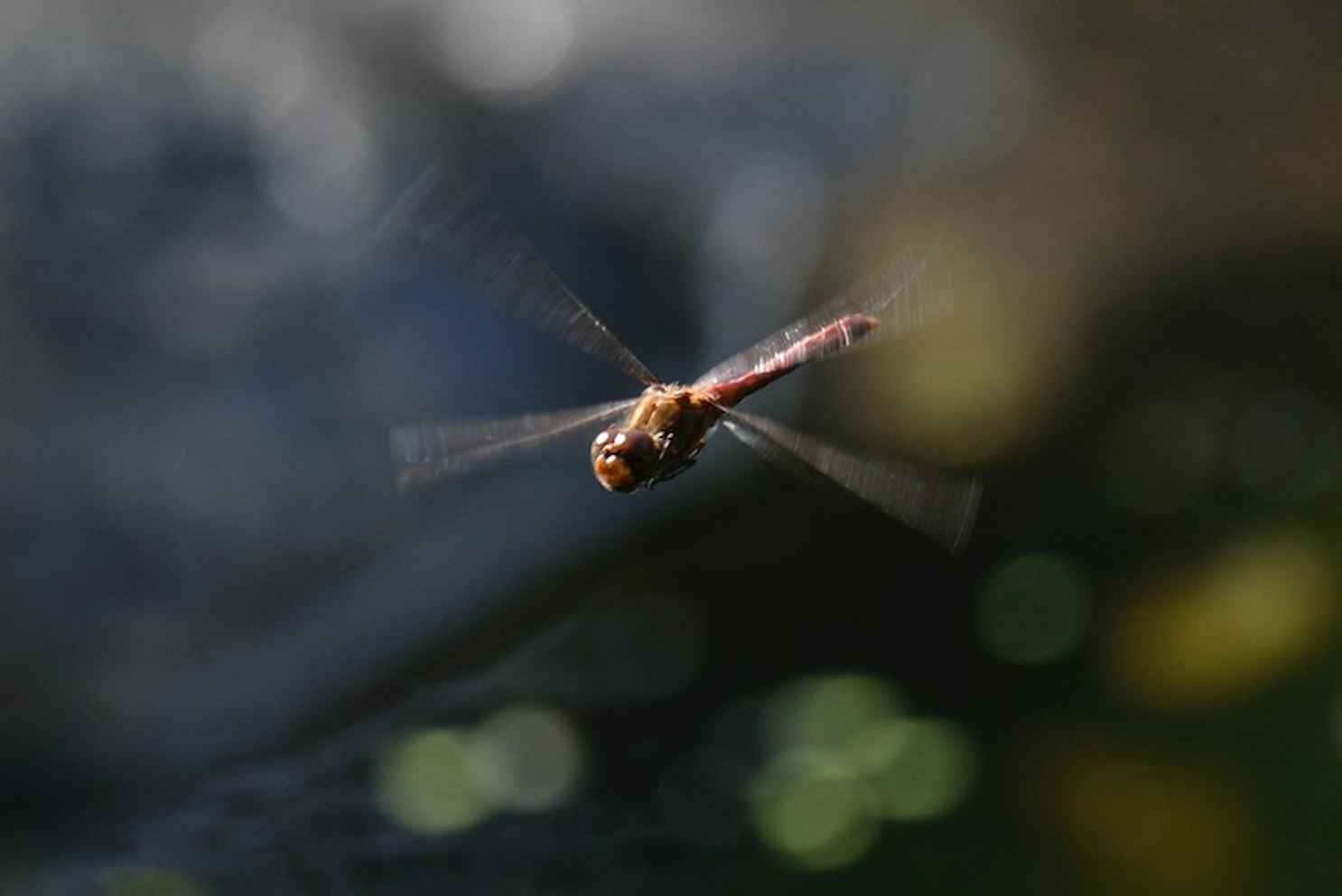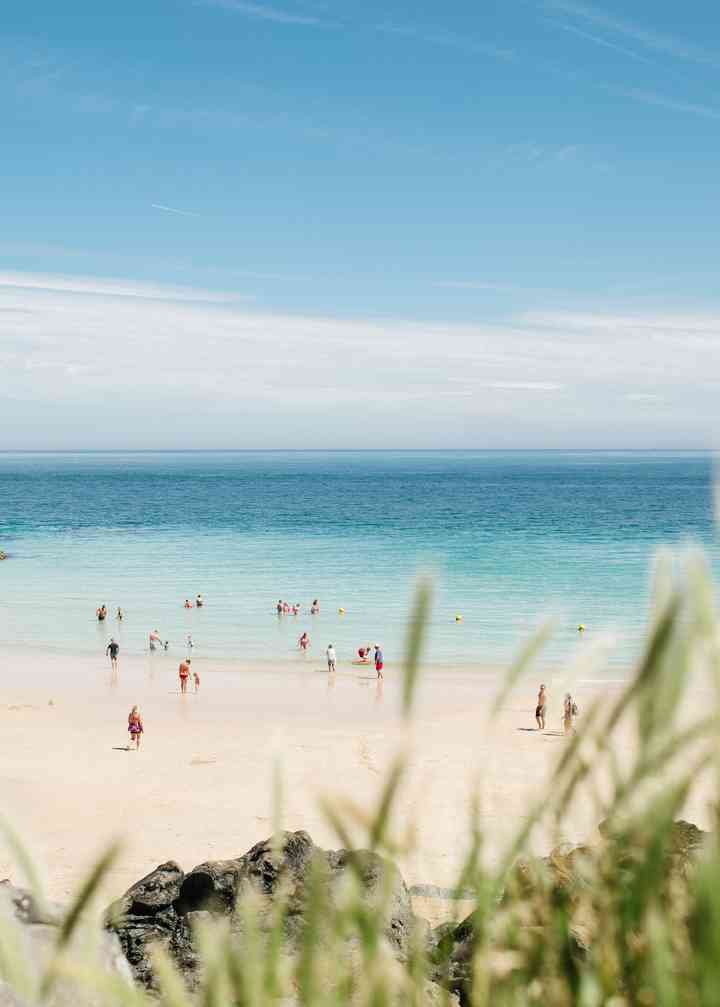Nature
Whether you are new to Herm Island or have been coming here for many years, there are some things which will never change: the gentle lapping of the waves against the harbour rocks, the breathtaking views that make you stop and take it all in, and the feeling of well-being and peace you have when you step off the island onto the boat back to Guernsey.


Seasons on Herm
The White House Hotel opens just before Easter weekend, and it is this occasion which marks the start of the new holiday season on Herm Island. Ferry boats between Guernsey and Herm Island begin to operate a more frequent service, enabling afternoon or lunch visits. The pathways are adorned by a profusion of wildflowers, including bluebells. It is an ideal time for walking, bird watching or simply enjoying the early spring sunshine.
Herm Island now comes into its own with some of the finest beaches in the British Channel Islands. Belvoir Bay has lovely views across the sea to Sark, Alderney and France. Everyone enjoys swimming in the safe, clear water. But take the time to find all the other beaches ‘off the beaten track’.
Warm amber and gold colours and the appearance of blackberries on the Common mark the autumn months. Perfect for bracing walks rounded off by lunch in front of an open fire at The Mermaid Tavern. The White House Hotel stays open until the end of September. Autumn is also an excellent time for bird watching.
A boat service to Herm Island from Guernsey continues all year, but is dependent on the weather and runs less frequently. Guests can stay in self-catering cottages with open fires and central heating. The Mermaid Tavern and Gift Shops remain open for limited hours. The beach cafés and hotel are closed. Special ferry charters in November and December bring local Channel Island residents from Guernsey to do Christmas shopping.
Bird Life
If you are an expert bird watcher or are just beginning, Herm Island will provide you with a variety of bird watching at all seasons of the year. Because Herm Island is an island, you will find here a complete contrast to your local bird watching. Almost 100 different species of bird are regularly seen on Herm Island.
Plant Life
From early springtime onwards the large variety of wildflowers on Herm Island flourish in an ideal environment completely undisturbed by the march of time.
To the north of the island and almost carpeting the heathland the Burnet Rose is well established. This is a sprawling shrub but reduced no doubt, by rabbits which nibble the young shoots. The creamy blossoms appear in June and have a delicate fragrance. Rush and Marram Grass flourish in the sand dunes, but the attractive Sea Holly, with its silver-green leaves and bright blue thistle-like flowers, as well as the Yellow Horned Poppy, are in danger of elimination.
The southern cliffs of Herm Island are home to the various Heathers, Stonecrop, Seapinks, and Rock Samphire all of which are found growing in natural terraces that have been worn away by the winter gales.
If you climb the wooded drive towards the church and which is flanked by giant Cypreses, Pines and Eucalyptus trees, you will no doubt see the many beautiful ferns and the following plants can also be found…Periwinkle, Woodspurge, Red Broomrape and Ivy Broomrape, Red Campion. Lords and Ladies, Ramsons, Foxglove, Rose of Sharon, Purple Toadflax, Triangular stalked Garlic, also the Gladdon (Iris family) with its impressive seed pods of red/orange in the autumn.
These are but a few of the wild flowers to be found in an afternoon’s ramble, and who knows, you might find something unexpected like….the Star of Bethlehem.























